Machine Learning Design Patterns: Solutions to Common Challenges in Data Preparation, Model Building, and MLOps
Original price was: $65,99.$19,99Current price is: $19,99.
- 100% Satisfaction Guaranteed!
- Immediate Digital Delivery
- Download Risk-Free
✔ Digital file type(s): 1𝐏𝐃𝐅
The design patterns in this book capture best practices and solutions to recurring problems in machine learning. The authors, three Google engineers, catalog proven methods to help data scientists tackle common problems throughout the ML process. These design patterns codify the experience of hundreds of experts into straightforward, approachable advice.
In this book, you will find detailed explanations of 30 patterns for data and problem representation, operationalization, repeatability, reproducibility, flexibility, explainability, and fairness. Each pattern includes a description of the problem, a variety of potential solutions, and recommendations for choosing the best technique for your situation.
You’ll learn how to:
- Identify and mitigate common challenges when training, evaluating, and deploying ML models
- Represent data for different ML model types, including embeddings, feature crosses, and more
- Choose the right model type for specific problems
- Build a robust training loop that uses checkpoints, distribution strategy, and hyperparameter tuning
- Deploy scalable ML systems that you can retrain and update to reflect new data
- Interpret model predictions for stakeholders and ensure models are treating users fairly
28 reviews for Machine Learning Design Patterns: Solutions to Common Challenges in Data Preparation, Model Building, and MLOps
You must be logged in to post a review.



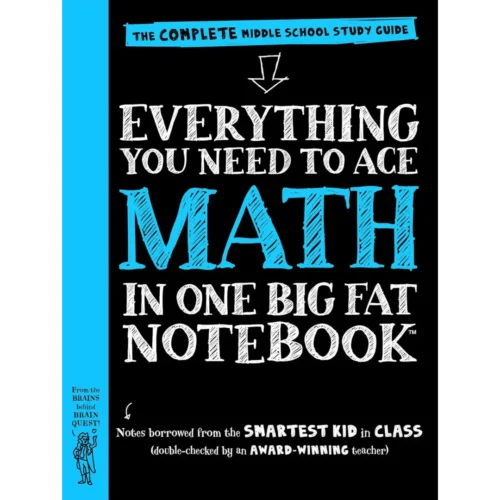
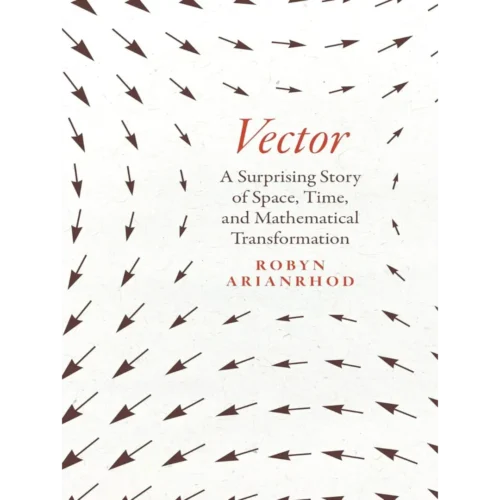
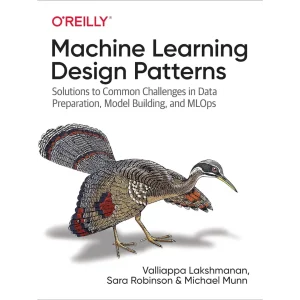

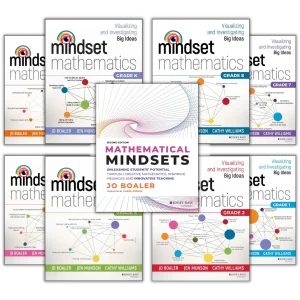
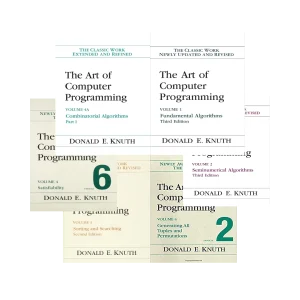
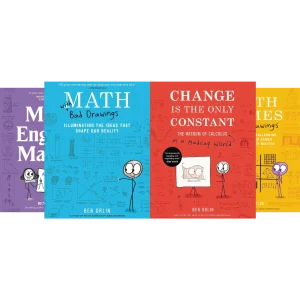
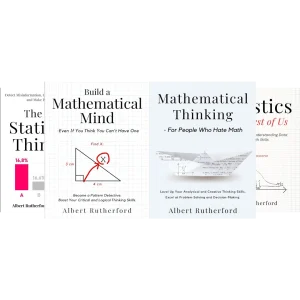
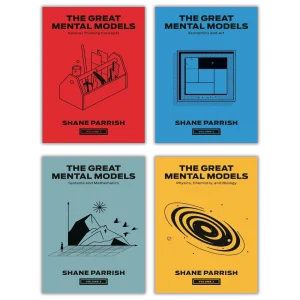








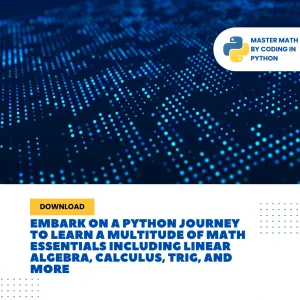

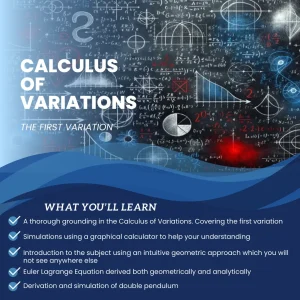
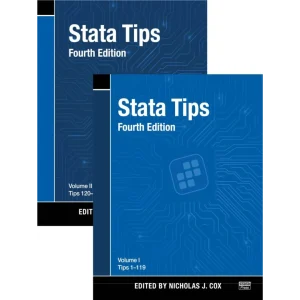

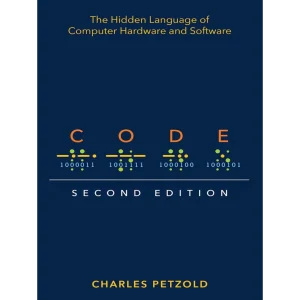
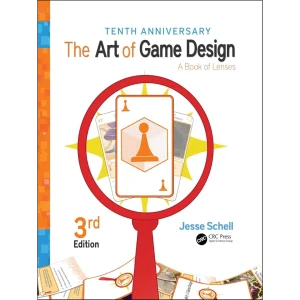
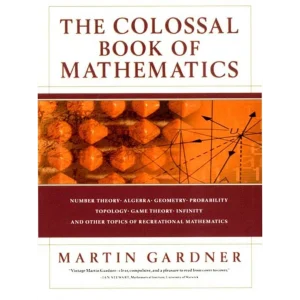
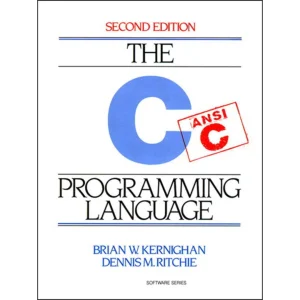
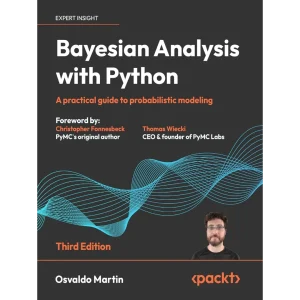

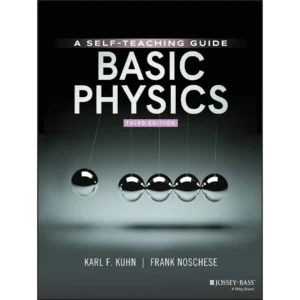



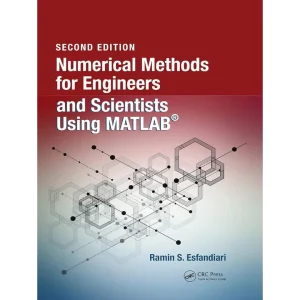

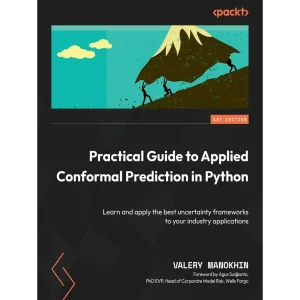
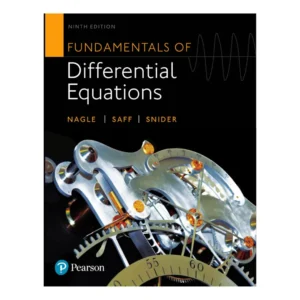



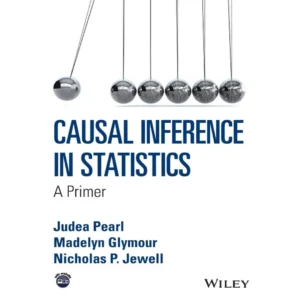
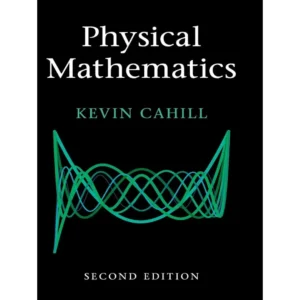


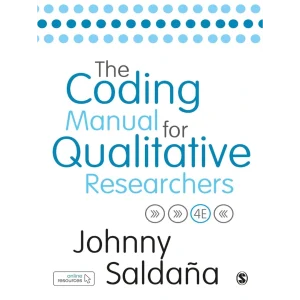

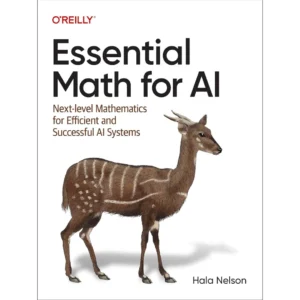


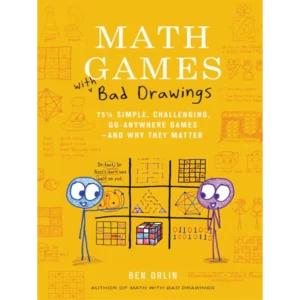
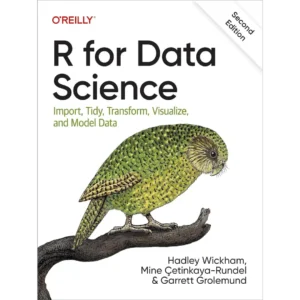



Charles P –
This book has been a genuine pleasure to read.There are many many books out there on Machine Learning detailing techniques, architectures, and frameworks but surprisingly this is the first of its kind to address common design patterns. Good ML design patterns hold their relevance over time much more than a framework or architecture might, so it’s surprising that this book stands alone in this topic.The design patterns detailed in the book showcase the experience of the authors and clearly the patterns have emerged from the trenches of production to prove themselves battle tested! The authors understand that like most things in Software Engineering it’s all about tradeoffs when making decisions around machine learning problems. Every pattern in the book is clearly framed, laid out, and explained.I’d highly recommend this book to any ML practitioner but especially those whose focus is on devoting production ready Ml systems.
DrCat –
Nice book for Jun/Mid level ML engineers to get understanding how practical ML production should be working. But this book gives plenty of options and without good experience those options will not make your life easier. If you do not have ML experience, get another book first, get some experience and come back for this one later…
Was curious what “Design pattern” in ML. I could not say those design patterns are design patterns like in patterns known in C++/Java. It is more practice patterns in modern ML production project.
Only one think I do not like about this book. It is created around Google Cloud Platform by Google ML experts :(.
Hannes –
The publication guides the readers through a variety of topics ranging from concepts of effective data ingestion, problem representation, model training, model deployment, all the way to reproducible and responsible ML. By addressing the variety of topics, the publication provides best practices and example implementation.Data scientists, Machine learning engineers, software developers, and DevOps specialists will find invaluable recommendations for their ML projects in this publication.Each design pattern follows the same structure: Problem, Solution, Why it works, Trade-offs, and Alternatives. Because of the chapter structure, the publication becomes an excellent reference for current ML best practices.I found myself referencing the book for design advice almost daily and I am very much looking forward to implementing a variety of design patterns in the coming months.
Math Kunde –
I have been developing in the AI area for several years as ML Engineer. I have been waiting for a book that presents design patterns for ML. This book completely fulfills my expectations and I use it almost daily.Highly recommended for those who want to use ML and at the same time take care of clean and maintainable code.
Jason in Chicago –
My background: I’m an expert software engineer (C++, Java, etc) and proud n00b at machine learning. I’ve read the O’Reilly “AI and Machine Learning for Coders” book and many online articles. I have a background in trading/financial software, which exposed me to many statistical terms in this book. In the past, PhD level physics/math quants would typically handle those topics and this book has helped me realize some gaps in my knowledge and fill them (sometimes via online search). I can now at least reason about those concepts better even if I don’t yet understand the details.
I’m 1/3 into the book (so maybe premature for 5 stars) and it’s been a dense but interesting read so far. There have been times where I have to lookup terms but the material has still been approachable. The language in the first couple chapters could probably be simplified some but it was sufficient for me with a lot of coffee. I expect to still have very incomplete knowledge after finishing this book due to lack of practical experience. However, my goal is to build a large scaffolding of knowledge/concepts on ML that I can use as a foundation for future learning and broaden my toolbox before I start hacking code. When I was learning C++, I found the Gang of Four book “Design Patterns” accomplished a similar goal to help bridge the gap between academic knowledge and practical software engineering. Much like with the GoF book I suspect I may be re-reading parts of this book in the future when my knowledge has matured. Some may prefer doing a lot of ML coding before reading this book, but I like to have a lot of background knowledge/tools before tackling code – personal preference I guess.
I seem to have discovered an error/typo regarding “precision” vs “recall” in chapter 3:
Page 135 paragraph 2: “If we care more that our model is correct whenever it makes a positive class prediction we’d optimize our prediction threshold for recall”.
I think the last word in that sentence should be “precision”. The terms are defined on page 124 paragraph 2.
JS –
I’m a Machine Learning Engineer in a big tech company in Silicon Valley. I’ve been in this industry for a couple of years and have learned most of my knowledge through hands-on work.
This book provides an excellent reference point for me to cross-validate some of my empirical knowledge. It also has comprehensive discussions on many tradeoffs, which only seasoned ML practitioners will know.
I’ve recommended this book to many ML colleagues and friends, and have developed an intense interest to translate this book into Simplified Chinese. This is how good this book is.
Would recommend interested readers to try as well.
javierokc –
This is a must-read for scientists and practitioners looking to apply machine learning theory to real life problems. I foresee this book becoming a classical of the discipline’s literature. Very well written and comprehensive description of concepts and applications of design patterns.
Xiaonan Lu –
Got to know this book from a LinkedIn book review and thought it would fill in the gap of practical ML design patterns.
Finished 4/5 of the book and expect to keep it close to my desk. Highly recommended.
Josef Schiefer –
The book does a great job in explaining the design pattern with good examples.
Raul De Castro –
Ayuda mucho a identificar patrones reusables en la práctica. Si tienes experiencia, recordarás algunos patrones cuando los leas. Si eres nuevo, una lectura rápida ayuda a estar atento e identificar los patrones cuando se te presenten en la práctica (y lo harán)
Cliente Math –
Top of class. Extremely insightful and offering smart solutions to common problems in ML.
Junpei Tajima –
本書は実際にプロダクトに組込んで、本番環境にデプロイされる機械学習モデルを開発する機械学習エンジニアのためのデザインパターン集です。
Google Cloud に従事する著者達が、現実の課題に機械学習を適用する際に用いているパターンを、なぜそれらが有効なのかという根拠と共に解説してくれています。
本の冒頭でも触れられていますが、大学や企業のラボで機械学習の研究を生業としている人にとっては、本書から有益な情報はあまり得られないかもしれません。
各パターンは (パターン本によくあるように) 課題と解決策、それからトレードオフと代替手法で構成されています。
ほぼ全てのパターンに TensorFlow と Keras、または BigQuery によるサンプルコードが掲載されており、これらは GitHub からダウンロードできます。
基本的にはそのパターンを「どう実現するか」ではなく、「なぜそれが有効か」にフォーカスがあたっているため、PyTorch などその他の機械学習フレームワークを普段使っている方にとっても有益な本だと思います。
どの章もとても示唆に富んでいますが、全パターンを総括している最終章が特に印象的でした。
最終章では、機械学習モデルのライフサイクルに触れ、まず最初にビジネスサイド含めた各ステークホルダとメトリクスに関して合意を取った上で、後続のライフサイクルでも常にそのメトリクスを念頭に置いておくこと、それからモデルの構築に利用できるデータはどんな種類のものなのかーそもそも手に入るのか?機密情報を含んだものなのか?などーについて、やはり各ステークホルダとちゃんと会話をしておくことなどを強調した上で、引き続くモデルの構築や評価、本番環境へのデプロイ、そして継続的なモデルの評価 (concept / data drift でモデルが劣化していないか?) に、本書で紹介されているパターンをどう適用していくか解説されており、本書の立ち位置を顕著に表した章になっています。
現時点では、実際にプロダクトに組込んで本番環境にデプロイされる機械学習モデルのテクニックを紹介した本はあまり目にしません。しかも本書のようにそれらが何故有効なのか解説し、各パターンの関連についても詳解している本はとても希少と思われるので、現場で機械学習を実践する人には是非お勧めしたい本だと思います。
Scott Poulin –
One of the best books I have purchased!
Cole Holcomb –
I read the book cover-to-cover and found it very useful in filling some of my knowledge gaps (e.g., some feature engineering techniques for categorical inputs) as well as refreshing some topics I’m already familiar with. I would probably rate this at 5 stars, except that roughly half of the figures/images are difficult to read based on the print quality.
Simone –
Bel libro e valido prodotto. Basato quasi tutto su GCP. Magari sarebbe meglio più generalizzato su diversi Cloud providers, comunque sia ogni argomento viene trattato in modo abbastanza esaustivo e vengono presentati i vari patterns da usare nelle vaie casistiche.
Ernesto Mancebo –
This book contains a lot of good practices in a easy to read way, so you don’t have to digest all the white papers online. I’d love to have the e-book version so I could read some hints while I run the Jupyter Notebooks, but seems that the publisher doesn’t allows you to get the e-book with the book so you must buy both.
Math Customer –
It’s a very nice book for understanding different designs ..what I like is the references to research papers implementin these designs…1 star less for the pricing.
ケロ –
日本にはこのような機械学習のデザインパターンの書籍がなかったので良かったです。
しかし、購入した後に気づいたのですが….PDF版が公開されていたようです。
あー高かったのに〜 ; ;
と、その後、日本人の方が、
機械学習のデザインパターンの書籍を出されました。
(内容が被っているかどうかは怖くて見れません。)
でも参考になりました。
Rob –
Great book, highly recommend it. I enjoyed the way the book is structured. Its very easy to read and it will serve as a great reference pocket book for specific ML workflows.
Erik Meade –
I thought this was a great book for providing people with an understanding of the toolkit that ML engineers need to know when making Machine Learning models.
As a side note, I bought this to be better prepared for ML architecture and design interviews.
If you are in a hurry, I think the content in Chapters 2, 3, and 4 are great. 5 was somewhat relevant for me and Chapters 6, and 7 are not really relevant until you are actually neck-deep in the models, so they did not really apply to me.
Chapter 8 was fantastic since it had a Common Patterns by Use Case and Data Type section, and enumerated many different types of problems and the tools that one might use to tackle them.
I am satisfied with what I got from this book.
Tarek A –
I am still halfway through the book, but I already find it useful. Many things are usually common knowledge to anyone who has been in the field for a while, but still every section I encounter a good tip. Some reviews say it’s Google/TensorFlow focused, but for me despite not using GCP, this wasn’t a problem still. All tips here can be generalised to other frameworks easily
Tarek A –
Very useful book for anyone looking for best practices, especially when it comes to anyone moving from data science to machine learning engineering job or MLOps. Don’t expect explanations for algorithms here, but mainly how to deploy your model, monitor them, plan their training, etc.For me, lots of the information are not new to me, guess this will be the case for anyone who has been in the same field for a while already, however I find new stuff to learn every chapter still.I have seen criticism for the book for being too Google-centric. I can see that, with all the examples based on Big Query, TensorFlow, etc. But that did not bother me at all despite the fact that I haven’t used Google Cloud technology before. For me it was easy to generalise and see the concepts and ignore the specifics of Google’s products and their implementation.
yabo –
This book was inspirational. It is very well structured and provides clear explanation on when a pattern is useful and the alternative you have as an ML practitioner. The book is biased more towards Google Cloud offering and Tenserflow. They sometimes offer alternatives on AWS/Azure and PyTorch — but not very often.
R. Sampathkumar –
Love how the authors have characterised, classified and looked at different design patterns, and described what they are and how they are helpful. Revisiting ideas in this book over time and applying these ideas to actual problems can help one become a better ML engineer / data scientist, IMHO. Kudos to the authors on a great book.
Denisse Benitez –
Era un regalo para mi novio, lo tuve que devolver porque se lo regalaron repetido!
Aun asi, llego en muy buenas condiciones y buen tiempo de entrega, gracias!
R. B. –
This is well written with fabulous examples throughout. It was reassuring to me to see patterns that I use in practice are documented here and there were plenty of inspirational ideas, too.
Stephen Zhou –
The books is mostly from a computer science prospective. I am from an engineering background so my review may be biased. It covers design patters for data treatment, model design to MLOPs. I like the first two sections and my review is based on them. It provides alternative design patterns that I did not know before and they are purely practical. No theories involved
Vicky –
The content is presented in a clear and structured manner, making complex concepts understandable. The authors use a step-by-step approach and provide diagrams and code examples that enhance comprehension, making it easy to grasp and apply the design patterns. Book Review: “Machine Learning Design Patterns: Solutions to Common Challenges in Data Preparation, Model Building, and MLOps”
This book is a comprehensive guide for anyone navigating the complexities of machine learning. It’s a treasure trove of practical solutions and insights that are invaluable for both beginners and seasoned professionals alike. Highly recommended!